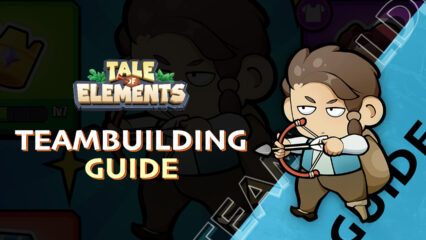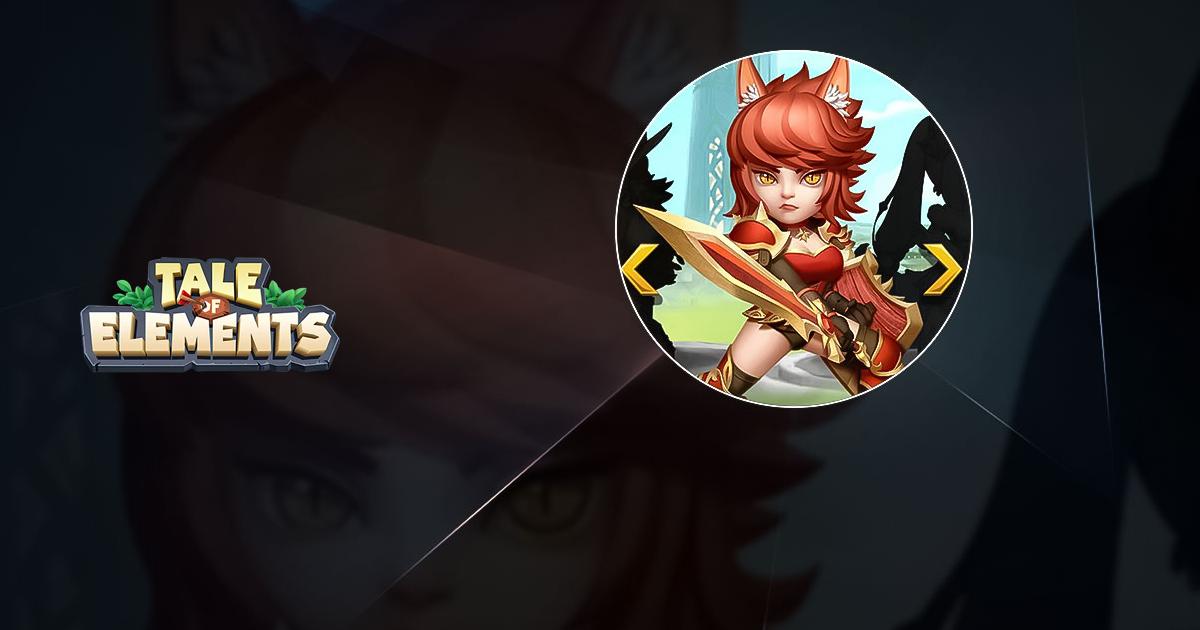BlueStacks' Beginners Guide to Playing Tale of Elements: Survivors
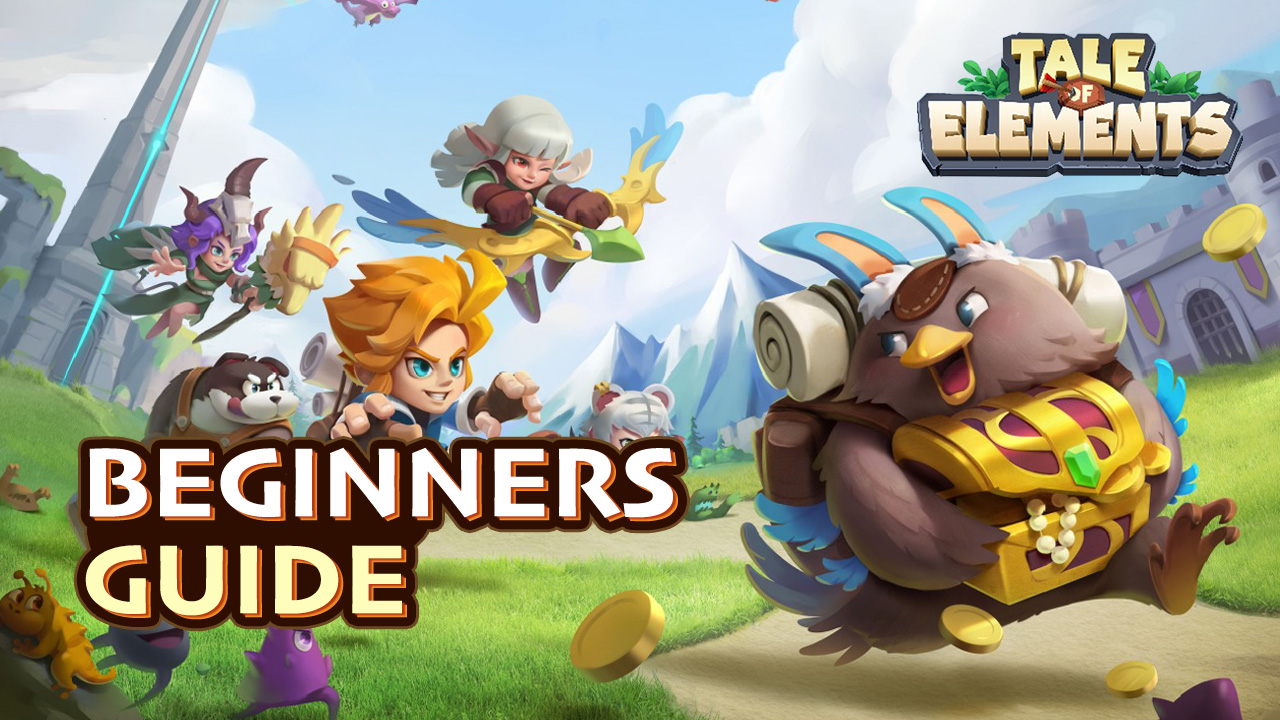
Looking to play Tale of Elements: Survivors once you have the game installed? Before you go, maybe you can spare a little time to learn more about the game’s fundamentals so that you can avoid getting confused by the lengthy explanations in the tutorials and learn more about how to play the game properly so that you can progress through the gameplay. We prepared this beginner’s guide to introduce the most important parts of the game that new players need to know about.

Tale of Elements: Survivors is a turn-based RPG with a unique retro gameplay style that introduces tabletop gameplay to the digital world. In this game, making decisions is important since the narrative involves the player making tricky choices on the spot while maneuvering their party through a simple dungeon. Remember to Install Tale of Elements: Survivors on your PC today using BlueStacks to take advantage of all the important features that you can use when playing this game.
Assembling a Team
Heroes are a central part of any RPG and Tale of Elements: Survivors has a more traditional approach to playable characters. In this game, players can recruit mercenaries in the game that don’t have as much of a dynamic appearance as traditional gacha games since the characters don’t have unique designs with each hero having major similarities in their aesthetics. The major difference in each mercenary is that they each have different stat distributions that players need to be aware of during the hiring process.
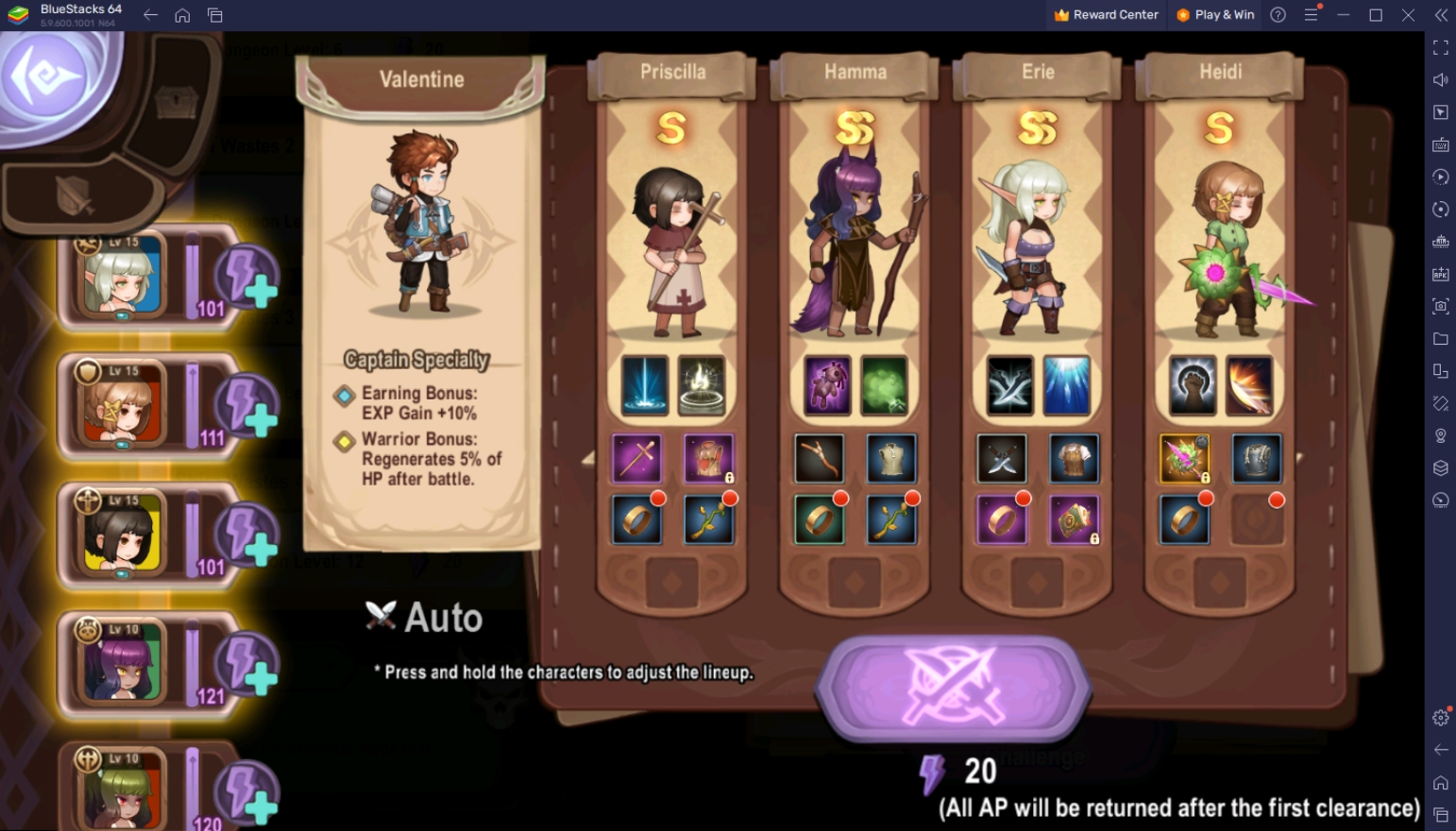
Players can assemble a team of up to FOUR mercenaries. Each mercenary has a different role and class that players need to diversify if they plan to assemble an efficient squad of warriors that’ll both deal heavy damage to the opponent and have enough utility to keep their own team alive. There are many classes in the game including warriors, berserkers, rangers, nuns, elementalists, clerics, and so on. To build a powerful team, it might be good to use four characters with different classes.
Gearing & Upgrading
Once the player has assembled the perfect team, the next step is to upgrade their squad by gearing up. Players can upgrade their team by leveling up their mercenaries or giving them better gear for the adventure. There are also some advanced ways to upgrade mercenaries such as ranking them up by using specific resources, but we’ll talk more about that in a future article. For now, players need to understand that they need to start upgrading their squad as soon as possible.
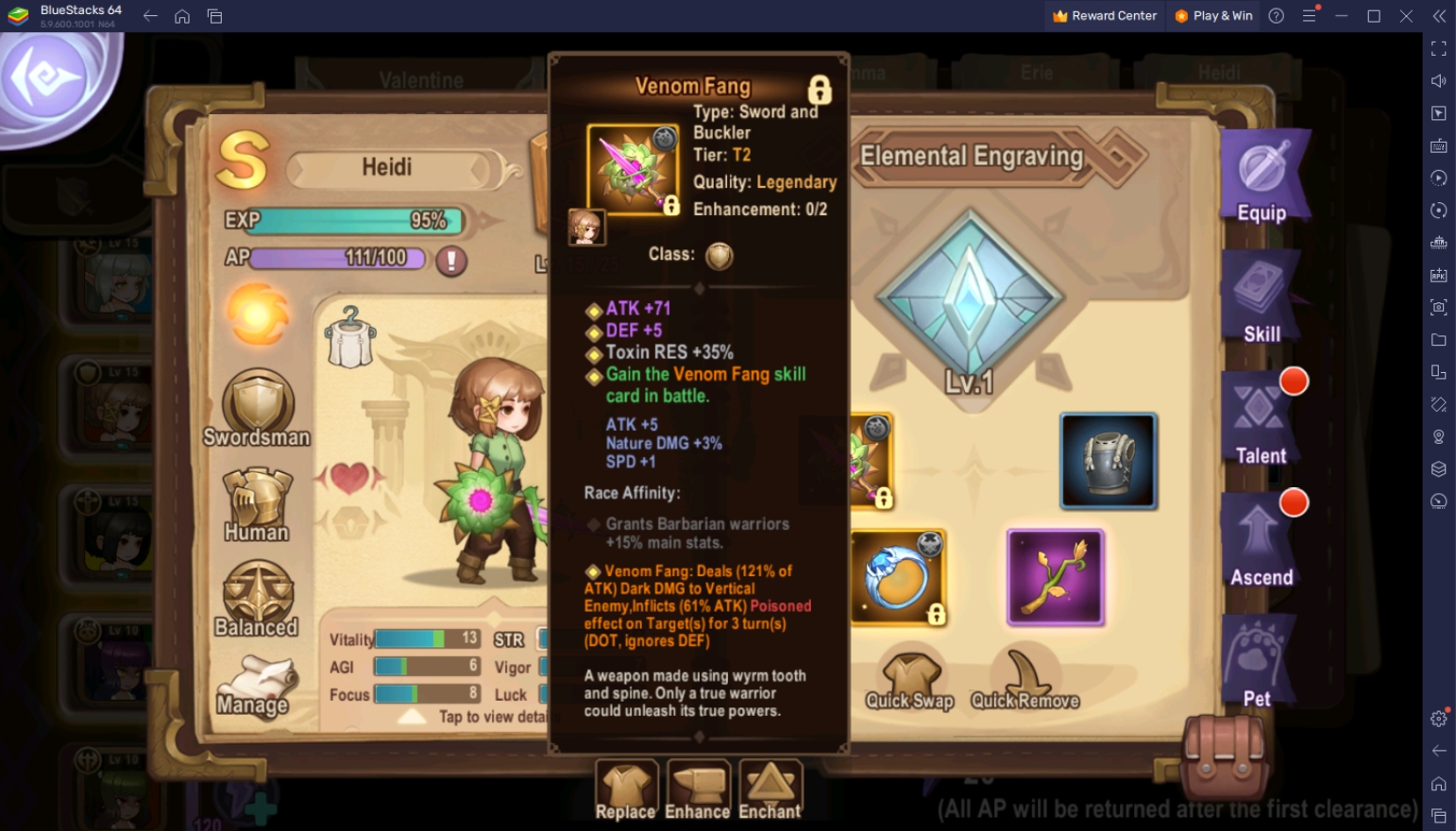
The easiest way to upgrade a hero is to level them up and collect gear. Luckily, this can easily be achieved by going on adventures that reward the player with experience when defeating monsters and loot dropped from chests or encounters. Unfortunately, the game features a system where a player can only claim a limited number of items at the end of a run so they can’t take home all the loot they earned. It’s a good idea to take note of which items have the most value to your team and don’t recklessly click on the “auto-collect” button every time.
Dungeon System
Tale of Elements: Survivors utilizes a very unique dungeon experience. Players will be placed in a dungeon placed like a maze where they have semi-freedom to move in any direction they want. Some tiles have encounters such as monster attacks, role-play dilemmas, treasure chests, and hazards. Players will need to choose how they want to move around the maze but the game encourages the player to travel through each tile to get the maximum rewards they can claim at the end of each dungeon.
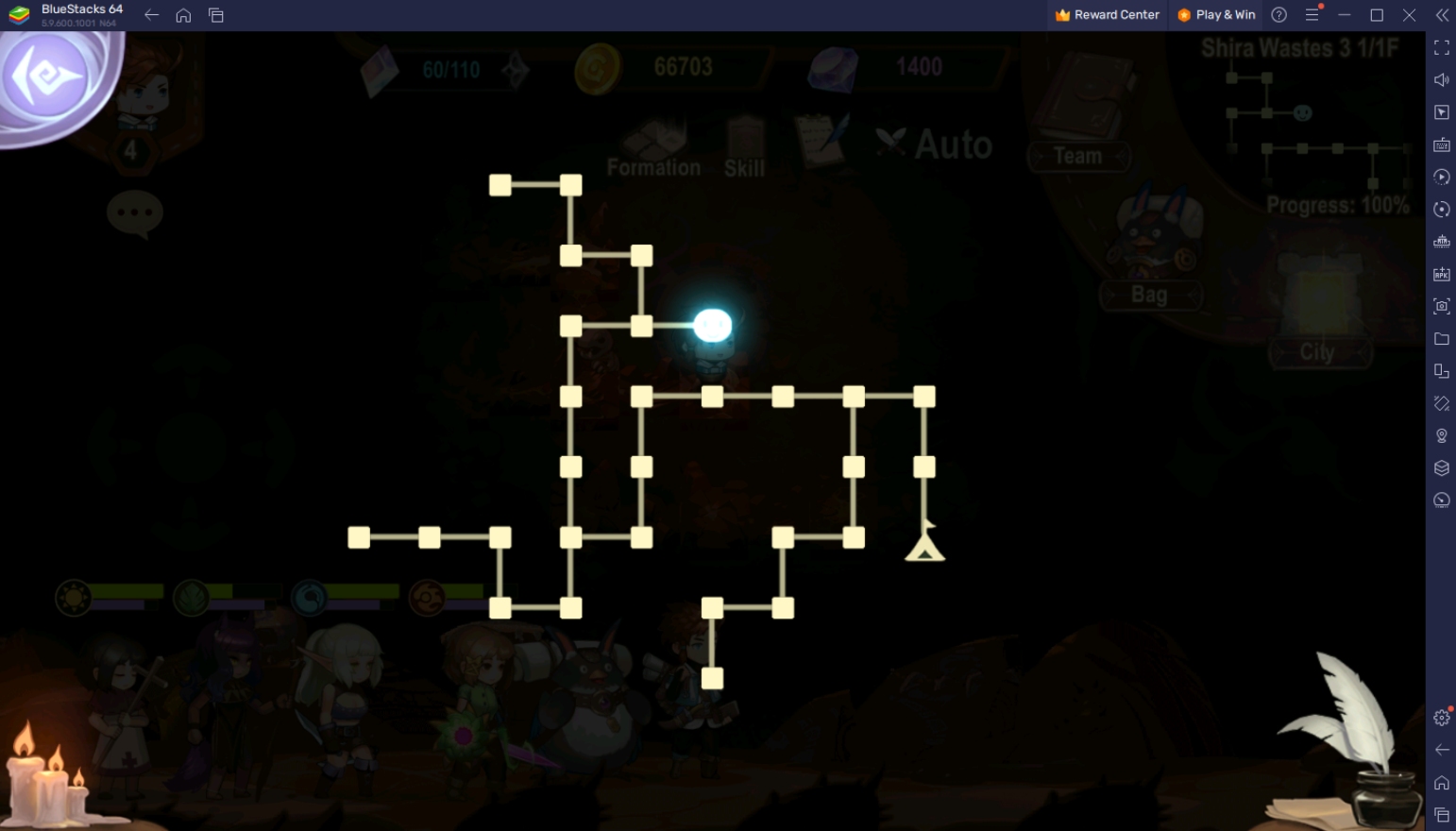
The dungeon system is extremely fun as everything about it is interactive. Players who skip the text get would sometimes get minor punishments such as status conditions or debuffs if they did not read any of the context clues and make random decisions. Players who want to be efficient will need to read the texts in random encounters, especially in the higher stages because minor debuffs can make your dungeon run a lot harder as the monsters and bosses will be hitting you harder.
Skill Cards
Skill cards in Tale of Elements: Survivors are unique. Each mercenary has its own set of skill cards that they can use when they enter a dungeon. However, there are special skill cards that mercenaries can only acquire when they acquire a certain amount of resources while they go through the adventure. These skill cards reset on every adventure so they are not a permanent addition to your arsenal. Once a player starts a new adventure, they’ll have to start farming for skill points once again.
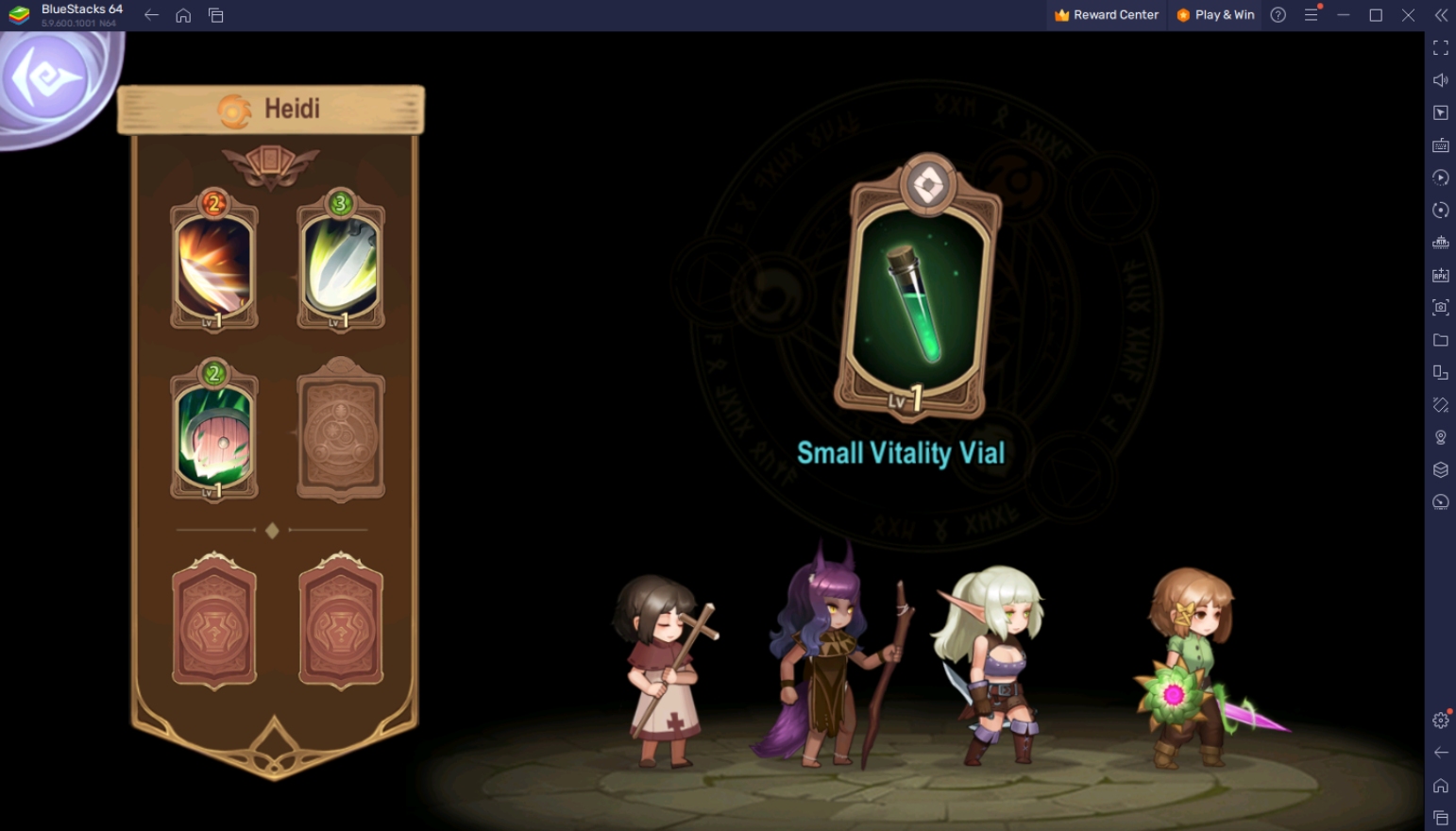
The problem with this mechanic is that players will only be able to get skill cards for one mercenary during every upgrade. A set of skill cards will be given to the player and they’ll have to choose a specific number of cards that they can get to be given to their mercenaries. Most of the skill cards are locked behind specific classes and the player can only give the card to a specific character. This means that the player needs to think really hard about which mercenary they want to upgrade in that specific adventure.
Missions & Quests
Like all RPGs, players are given a set of missions and quests which will be viewable in their Player Log tab. There are different types of missions in the game such as the Main Campaign, Achievements, Daily Quests, and Event Quests. All of them reward the player after completion with most of them giving the player gemstones which is a necessary resource to buy tickets that they’ll need to recruit more mercenaries from the guild.
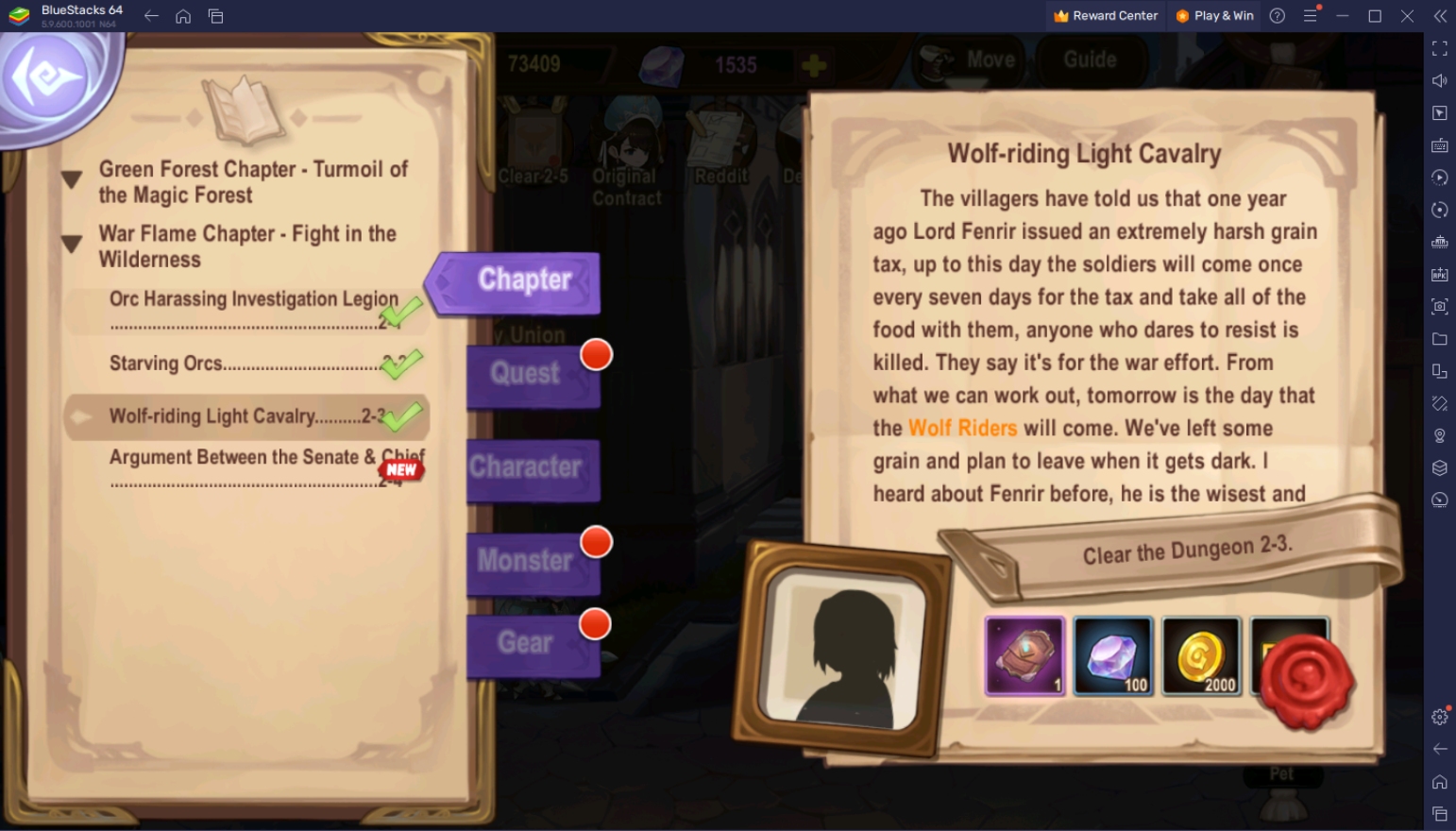
For most mobile games, it is important for hardcore players to complete all of the important daily and event quests before they reset. This allows the player to maximize their rewards. Investing about an hour or so of your time every day should give you enough room to complete all of the daily missions. However, if you don’t like games that force you to grind, you shouldn’t force yourself to complete all the tasks as soon as possible.


